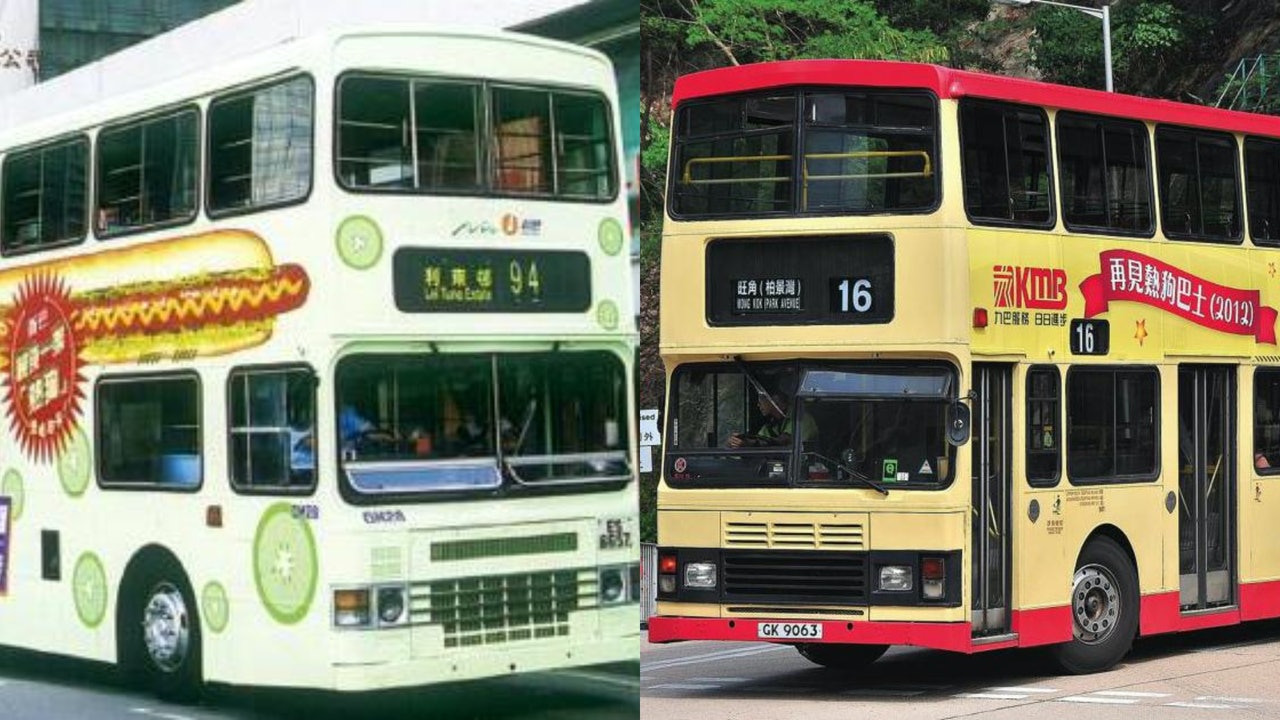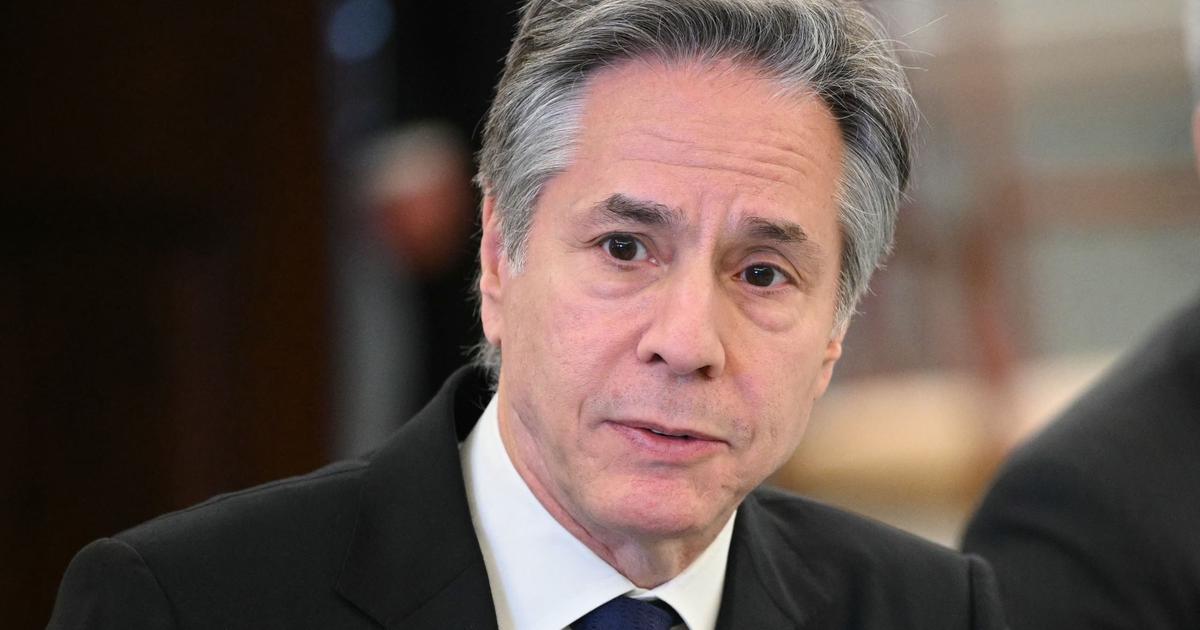Since the birth of the Hong Kong bus franchise in the 1930s, hot dog buses have begun to grow with people; however, as the wheel of time turned, the hot dog buses eventually could not escape the fate of being eliminated and were honorably retired.
(The following content is excerpted from "Hong Kong Bus Hundred Years Transformation")
Boarding the bus and opening the glass windows, the journey brings breeze; especially when walking in the suburbs and expressways, closing your eyes and breathing carefully makes you feel refreshed.
Following the successful introduction of air-conditioned buses in 1989, the three major bus companies all beckoned to "Leland", "Denison" and even the later "Regal" depots in the early 1990s to actively introduce air-conditioned buses to improve service quality.
It is true that in the minds of ordinary citizens, air-conditioned buses and quality services have been drawn on the same symbol since then.
But the reality is reality. The fare of air-conditioned buses is not cheap; in winter, some citizens will always complain that the bus company adds air-conditioned buses and overcharges the fare.
▼▼▼Click to review when did the hot dog bus turn back to its original form?
When did the three major bus companies eliminate the hot dog bus?
▼▼▼
+5
Return to the embrace of non-air-conditioned buses
By 1992, a voice opposed to the introduction of large numbers of air-conditioned buses gradually formed in Hong Kong society, and the KMB and China Motor Bus purchased orders for new air-conditioned buses into non-air-conditioned buses.
This kind of back-to-basics action resulted in 190 "hot dog" buses with air-conditioned bus chassis and non-air-conditioned bus bodies derived from 1993 to 1995.
Even though the air-conditioning of bus services is the general trend, the backbone of this batch of "hot dog" buses is truly an air-conditioned bus chassis.
However, due to the high cost of rebuilding the body of the air-conditioned bus and installing air-conditioning components, it eventually became a victim of the air-conditioning process.
Towards a fully air-conditioned service
Citybus, which entered the ranks of franchised buses in 1992, has been actively introducing air-conditioned buses. The non-air-conditioned buses under its umbrella were just an urgent plan to solve the shortage of car sources when expanding the "Network 26" service in 1993.
In the sixth year of the continuous expansion of the bus fleet and route services, the route 98 that finally provided non-air-conditioned services between Lei Tung Village and Aberdeen was also converted to fully air-conditioned services on March 24, 1998.
This not only marked the official retirement of the "Leyland" Atlanta two-axle double-axle double-deck bus, commonly known as "Lao Huang" or "Pochai" for Citybus, but also marked that Citybus became the first non-air-conditioned bus to transition from service. To franchised bus company for fully air-conditioned bus service.
As for the NWFB, which was established in the same year, due to the need to take over the CMB franchise within a short period of time, a large number of 710 buses were purchased from CMB, of which 511 were non-air-conditioned buses, accounting for 67% of the total fleet when the new franchise was launched. %.
As its service pledge stated that the purchase of 500 new low-floor air-conditioned buses within five years was fulfilled, NWFB held a farewell ceremony for "NWFB "Hot Dogs"" on August 17, 2002.
While the NWFB's regular bus services are moving towards full air-conditioning, it also represents that the regular bus routes on Hong Kong Island were officially fully air-conditioned in 2002.
Extended reading:
China and Pakistan went from before the war to return to the subway and opened to traffic, causing the decline of the dynasty. Refusing to use Octopus as the last cause of death
▼▼▼
+6
Catch the last bus of the "Hot Dog" bus
However, due to the huge fleet of KMB on the other side, it should not be too hasty to move towards full air-conditioning.
However, as many bus captains driving non-air-conditioned buses suffered heat stroke in the hot summer of recent years, KMB decided in November 2011 to eliminate all non-air-conditioned buses before the summer of 2012.
Entering 2012, KMB has successively provided fully air-conditioned bus services for its remaining 26 mixed bus routes.
Finally, starting on May 9 of the same year, the last four routes providing non-air-conditioned bus services were fully air-conditioned.
Many people caught up with the last bus of the "hot dog" bus on the last day when the non-air-conditioned bus service was provided, witnessing this historic day. As a result, the bus company had to dispatch a large number of "hot dog" additional buses to avoid service impact.
When the last "hot dog" bus on Route 16 arrived at Kwong Tin Village, Lam Tin from Parkview Bay, the "hot dog" bus officially ended in franchised bus service.
With the turning of the wheel of time, the "Hot Dog" bus eventually could not escape the fate of being eliminated and was honorably retired.
Let us pay tribute to the "Hot Dog" bus!
Toy cars are popular among big and small collection fans. What is the charm of London buses?
Before World War II, Hong Kong's culture only extended to South China. In the 1970s, social movements began to form a local consciousness. The legend of Hong Kong West Metro Station is that there are many haunts in Sheung Wan and Sai Ying Pun Station. There is a reason behind the haunting. Is it fun to have meat first?
The past and present of the white-license cars have fought with taxis for nearly a hundred years, when there were red-licensed cars and pheasant cars
Title: "A Hundred Years of Transformation of Hong Kong Bus"
Authors: Chen Zhihua, Li Jianxin
[This article is reprinted with authorization from "Hong Kong Chinese Book Company".
】



/cloudfront-eu-central-1.images.arcpublishing.com/prisa/3I74UEXLYRBBRPGPSGWNN6WXH4.jpg)



